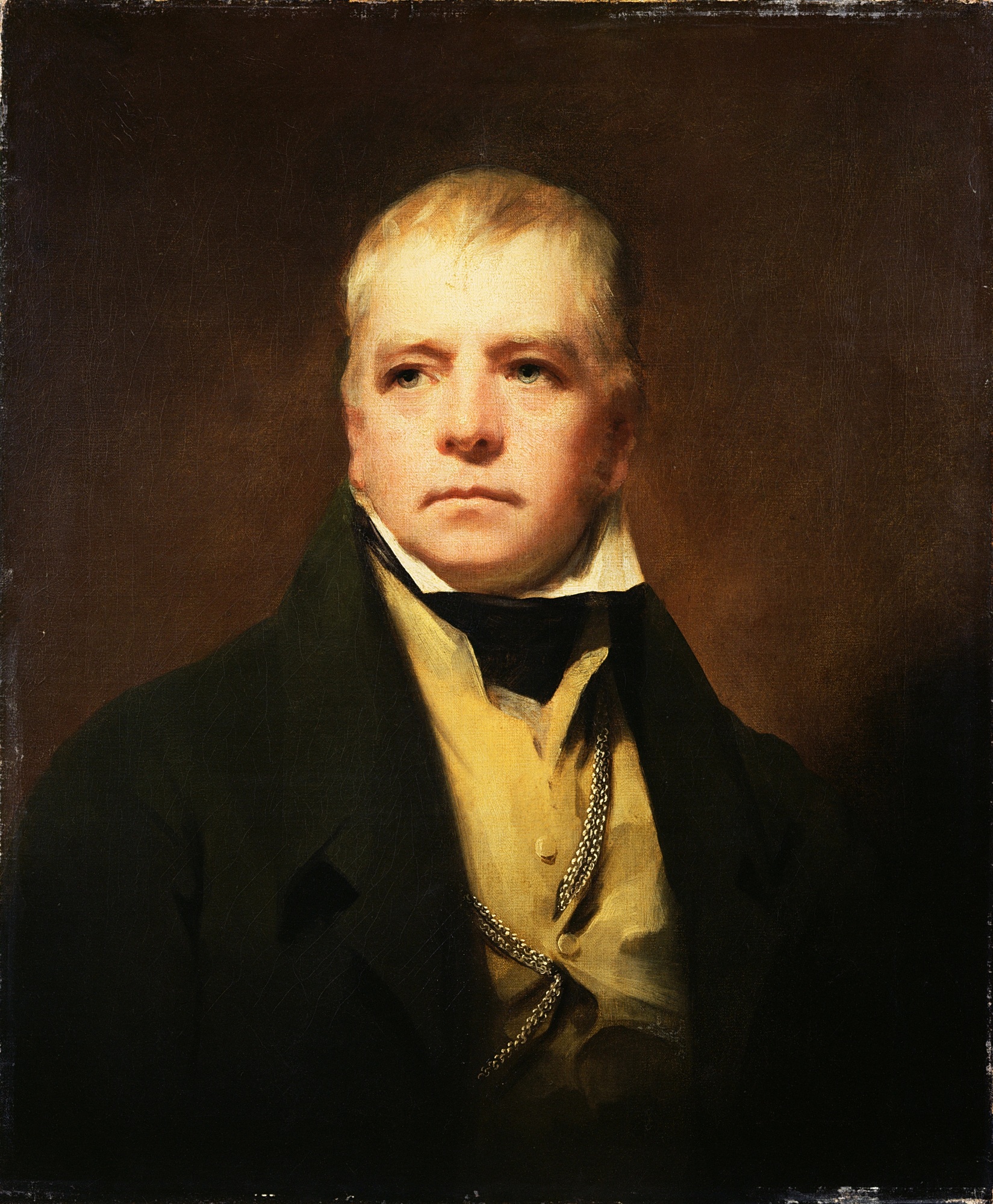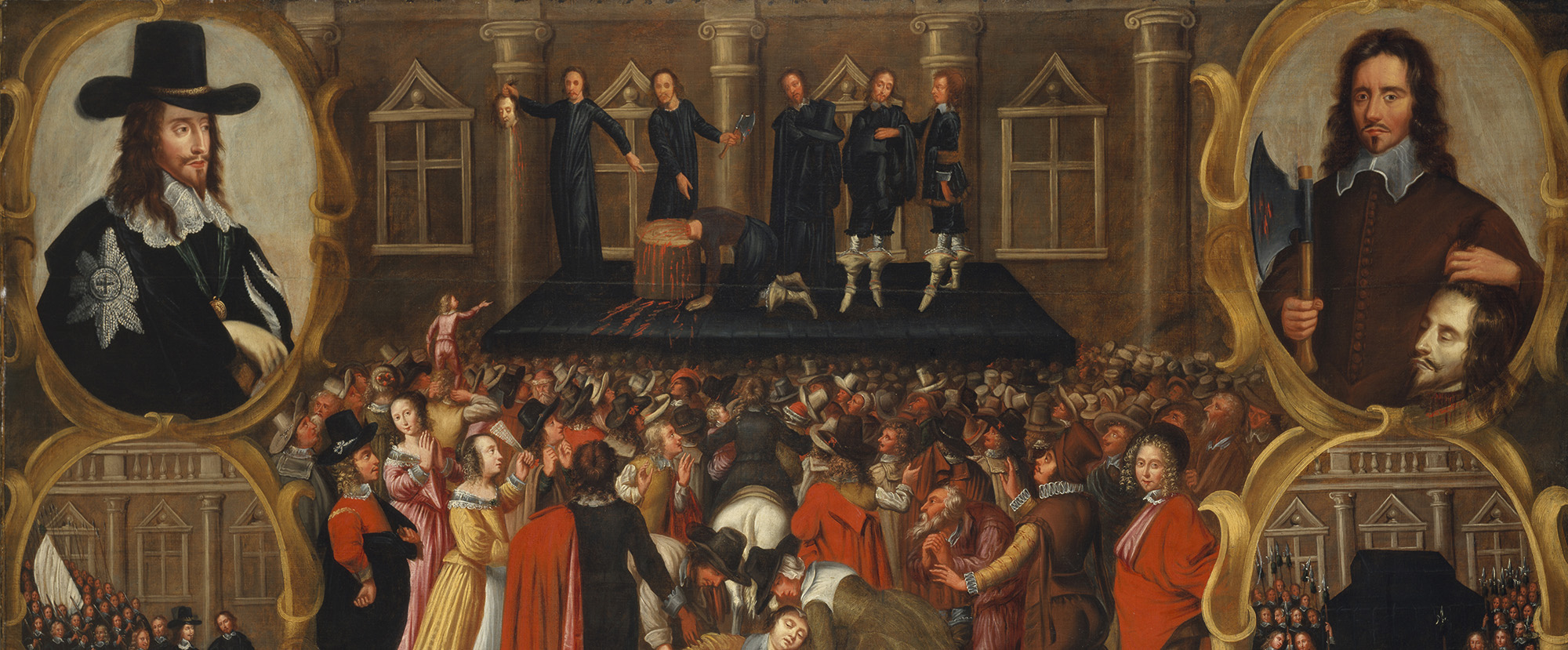Sir Walter Scott and the Legacy of Scotland’s History
To understand Scotland is to understand Sir Walter Scott. He was not only Scotland’s greatest novelist and poet but also its most influential historian and mythmaker. His works defined the romantic image of Scotland that persists to this day — the misty glens, the brave Highlanders in tartan, the stirring sound of the bagpipes, and the tragic nobility of the lost cause. Scott captured Scotland’s complex and often painful history and, in doing so, transformed the way the nation saw itself and how the world viewed Scotland. “Scott gave Scotland back its soul,” wrote historian Murray Pittock. “He reimagined a nation, not through war and politics, but through story.”
Walter Scott’s life was bound up with the history of his country from the very beginning. He was born in Edinburgh on August 15, 1771, into a well-established Scottish family. His father, Walter Scott Sr., was a successful solicitor, and his mother, Anne Rutherford, came from a family with strong Jacobite connections. From the beginning, Scott’s life was shaped by the clash of tradition and modernity that defined Scotland in the late 18th century. He grew up amid the legacy of the Jacobite risings, the suppression of the Highland clans, and the political realignment of Scotland after the 1707 Act of Union with England. These themes would form the foundation of his literary career.
As a young boy, Scott suffered a severe bout of polio, which left him with a lifelong limp. During his convalescence, he was sent to live with his grandparents in the Borders town of Sandyknowe, where his imagination was first fired by the stories and songs of the region. The Borders were steeped in history — the legacy of the Border Reivers, the wars between England and Scotland, and the haunting ruins of medieval abbeys. His grandmother and great-aunt would sit with him and recite the old Border ballads, filling his mind with images of chivalrous knights, tragic love stories, and blood feuds. “My heart clings to the Border,” Scott later wrote, “where every hill and stream has its ghost and its story.”
Scott’s formal education began at the Royal High School of Edinburgh, followed by a brief period at the University of Edinburgh, where he studied law. But his heart was always drawn to literature and history. While working as a lawyer’s apprentice, he began collecting folk songs and ballads from the Borders and the Highlands. His interest in Scotland’s oral tradition was not merely academic — it was a profound emotional connection to the land and its people. He would ride on horseback through the countryside, speaking with shepherds and old clansmen, memorizing their songs and stories.
The Rise of the Poet
Scott first made his mark not as a novelist but as a poet. His earliest published work was The Lay of the Last Minstrel (1805), a narrative poem set in the turbulent Borderlands of the 16th century. It was a huge success, establishing Scott as the preeminent poet of his generation. Scott followed it with Marmion (1808) and The Lady of the Lake (1810), which reached even greater heights of popularity. These poems were steeped in Scottish legend and history — the rise and fall of the Stuart cause, the heroism of the Highlanders, and the brutal realities of war and betrayal.
Scott’s poetry presented a vision of Scotland that was both romantic and tragic. In Marmion, he explored the moral complexity of loyalty and treachery, while The Lady of the Lake drew on the Highland setting of Loch Katrine to depict a world of honour, love, and conflict. Scott’s portrayal of the Highlanders as noble but doomed warriors captured the imagination of readers across Britain and beyond. The novels were not only artistic triumphs but also political statements. At a time when the British government was working to suppress Highland culture in the wake of the Jacobite risings, Scott’s work reclaimed the Highland identity and presented it as something heroic and honourable.
“No one can claim to understand the Highlands without first reading Scott,” wrote historian John Prebble. “He did not invent the Highlands, but he gave them a voice and a face.”
The Father of the Historical Novel
It was as a novelist, however, that Scott shaped the identity of modern Scotland. His first novel, Waverley (1814), was published anonymously, but its success was immediate and immense. Set during the Jacobite rising of 1745, Waverley tells the story of Edward Waverley, an English officer who is drawn into the Highland rebellion. The novel introduced readers to a Scotland of wild landscapes, heroic clansmen, and tragic defeat — but also of loyalty, honour, and resilience. The English protagonist’s admiration for the Highland way of life reflected Scott’s own belief that Scotland’s traditions, though in decline, deserved to be honoured and remembered.
Scott’s genius lay in his ability to portray history not as a dry catalogue of events but as a vivid and living drama. His subsequent novels — Rob Roy (1817), The Heart of Midlothian (1818), Old Mortality (1816), and Ivanhoe (1820) — established him as the father of the historical novel. In Rob Roy, Scott revived the story of Robert MacGregor, the outlaw who defied both the government and his own clan. In The Heart of Midlothian, Scott explored the moral struggle of Jeanie Deans, who defies law and society to save her sister. Old Mortality chronicled the Covenanter wars of the 17th century, capturing the religious and political turmoil of the time.
Scott’s novels presented Scotland as a land of contrasts — of beauty and violence, of honour and betrayal, of tradition and modernity. He understood that Scottish history was not just about the past — it was about identity, belonging, and national pride. “Scott made Scotland a land of romance,” wrote historian Tom Devine, “but he never glossed over its violence or its tragedy.”
The King’s Jaunt and the Revival of Highland Culture
Scott’s influence on Scottish culture was profound. In 1822, he staged one of the most extraordinary events in modern Scottish history — the visit of King George IV to Edinburgh. It was the first time a reigning monarch had visited Scotland since Charles II in 1651. Scott organised the visit with meticulous attention to detail, encouraging Scots to wear Highland dress and stage traditional ceremonies. The king himself appeared in full Highland regalia — a carefully curated symbol of reconciliation between the Highlands and the Crown.
The event marked the rehabilitation of the Highland tradition, and Scott’s role in it was central. “Scott gave us back our tartan and our pride,” wrote historian John Prebble. “He made Highland dress, once the badge of rebellion, into the mark of national identity.”
The Legacy of Sir Walter Scott
Scott’s legacy endures in Scotland’s landscape and memory. His home at Abbotsford, on the banks of the River Tweed, became a pilgrimage site for writers and historians. His influence can be seen in the architecture of Edinburgh, where the Scott Monument, completed in 1846, remains the tallest memorial to a writer in the world. His novels shaped the way Scotland presented itself to the world — the tartan, the bagpipes, the Highland gatherings — all owe their survival to Scott’s creative vision.
Scott’s understanding of history was not merely academic; it was emotional. He saw history not as a catalogue of facts but as a living story — a story of courage and loss, pride and tragedy. “Without Scott, Scotland would have lost itself in the tide of history,” wrote Tom Devine. “He gave the Scots back their history, their heroes, and their voice.” Scott himself put it best in Waverley:
“If history records good or evil deeds, it is for the benefit of those who come after, that they may avoid the snares of the past, and tread with steadier step the path of their future.”
References
- Devine, T. M. The Scottish Nation: 1700–2000. Penguin Books, 1999.
- Pittock, Murray. The Myth of the Jacobite Clans. Edinburgh University Press, 1995.
- Scott, Sir Walter. Waverley. Archibald Constable and Co., 1814.
- Prebble, John. Culloden. Secker & Warburg, 1961.
- Magnusson, Magnus. Scotland: The Story of a Nation. HarperCollins, 2000.
- Murray, David. Scott’s Impact on Scottish Identity. Edinburgh University Press, 1976.
- Fry, Michael. Wild Scots: Four Hundred Years of Highland History. Birlinn, 2005.
- Pittock, Murray. Scott and the Invention of Highland Tradition. Oxford University Press, 1991.







